Lest anyone need more evidence that dressing up to take part in historical festivals in Italy is taken very seriously, I provide the following exhibits.
Foligno, Giostro della Quintana 2019
The first four photographs were taken at the Giostro della Quintana (“Joust of the Quintain”) which has been held twice a year in the Umbrian town of Foligno since its revival in 1946. The joust (where mounted lancers try and hit a target on a rotating wooden dummy) is preceded by a parade in costume. I took these photographs in the park in which the participants were forming up.
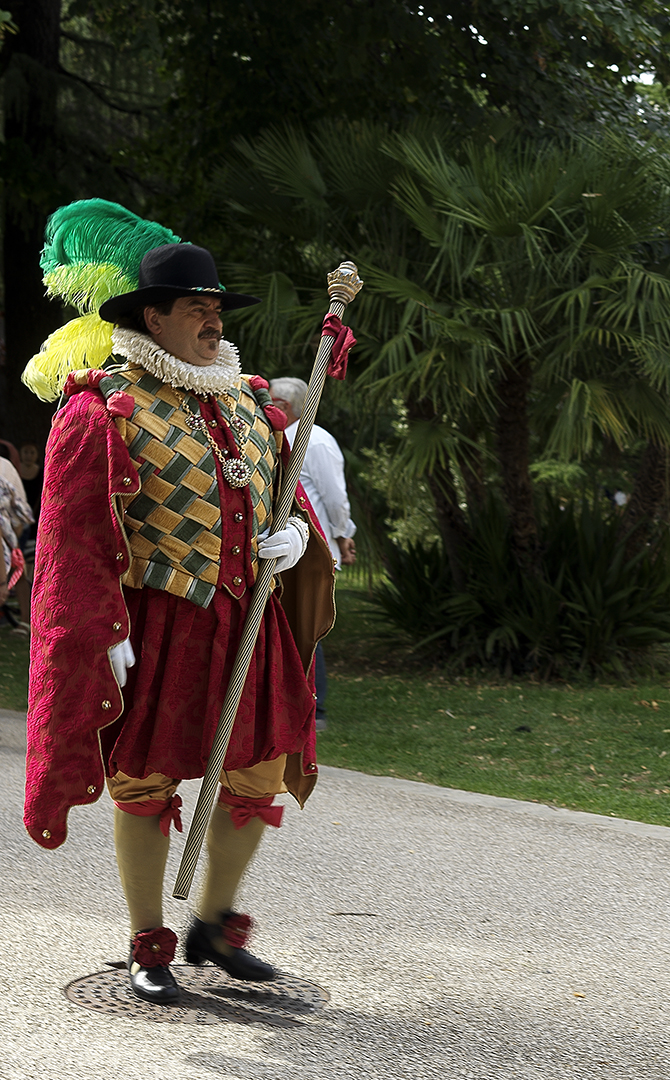
Foligno is located, somewhat unusually for this region, on the valley floor rather than perched on a hilltop or halfway up the side of a mountain. That means it has spread out a bit and the outskirts are quite industrial (which also means it was bombed during the Second World War). So our visits to Foligno had been restricted to shopping trips to the outskirts, until friends recommended we take a look at the centre.

That turned out to be good advice. The centre of Foligno has lovely buildings, nice restaurants, and cheap parking. And being flat, you can wander around it with less effort than in most Umbrian towns. It also has a museum (the Palazzo Trinci) with extraordinary frescoes and a staircase that could have been designed by M.C. Escher. I plan a separate post on all that one day. Edit: I have now posted two articles on the Palazzo Trinci. You can find the first here and the second here.

My readers, being all very educated, will have noticed that the Renaissance costumes in these photographs are consistent in both period and authenticity, unlike in some festivals where the concept of – say – “medieval” can be a bit elastic, as is how the participants’ trousers are held up . This consistency is not the result of careful selection of the photographs; they are all consistently based on Renaissance originals, and consistently this good.

You can find more on the actual joust here.
Todi, La Disfida di San Fortunato 2019
The remainder of these photographs were taken at the annual festival of the patron saint of the town of Todi, also in Umbria. I wrote about the 2018 festival here. The grand parade in Todi is preceded by various events, including an archery competition between the town districts, flag-tossing, and a competition between drumming groups from various towns in the region.
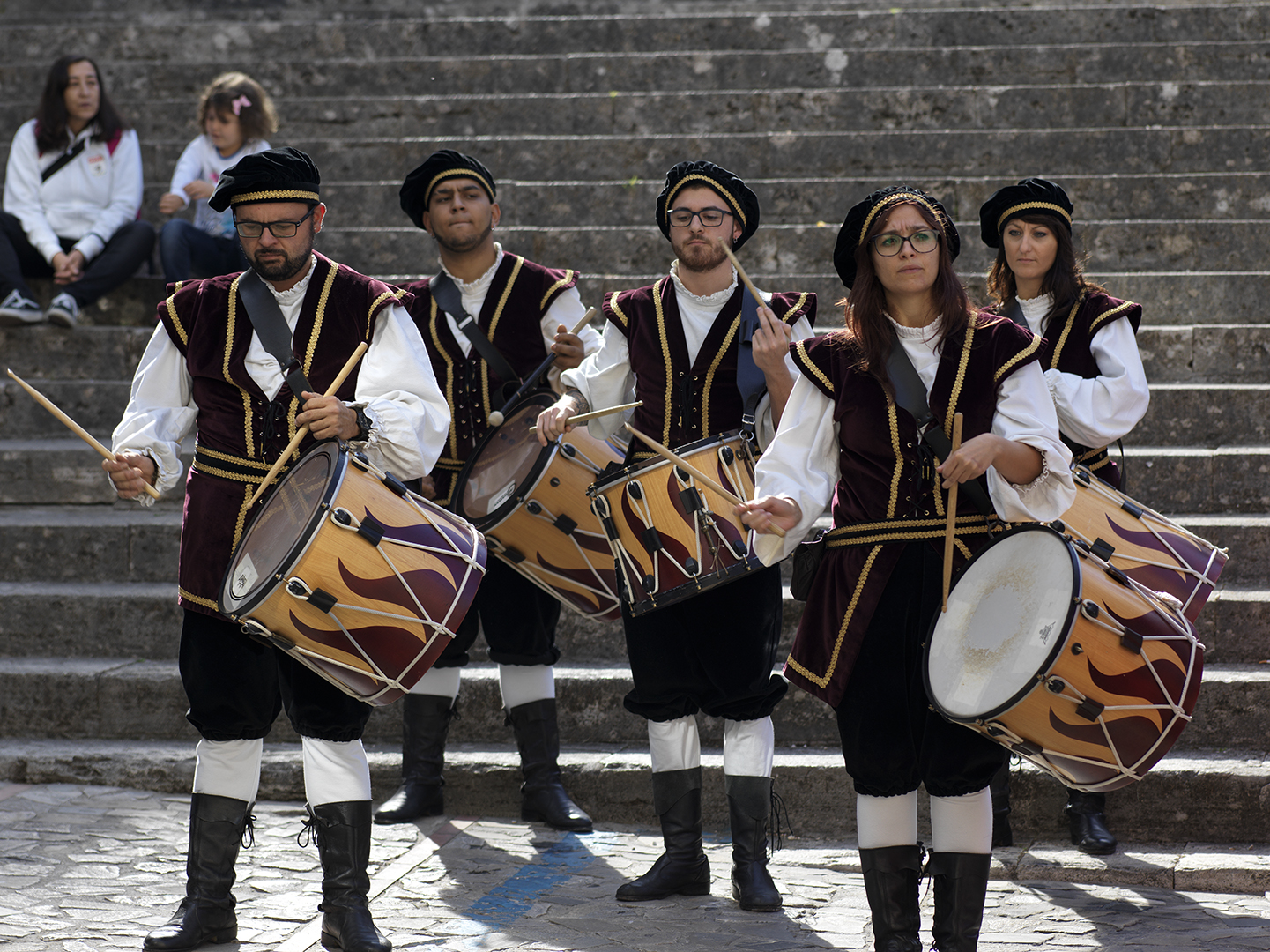
Some of the drumming groups were very good indeed, but the prize went to the local team (admittedly a popular decision).

Although some Renaissance (and later) themes appear in the parade, here the emphasis is on the medieval, and specifically the High Middle Ages, because let’s face it, the costumes were more fun then than earlier.
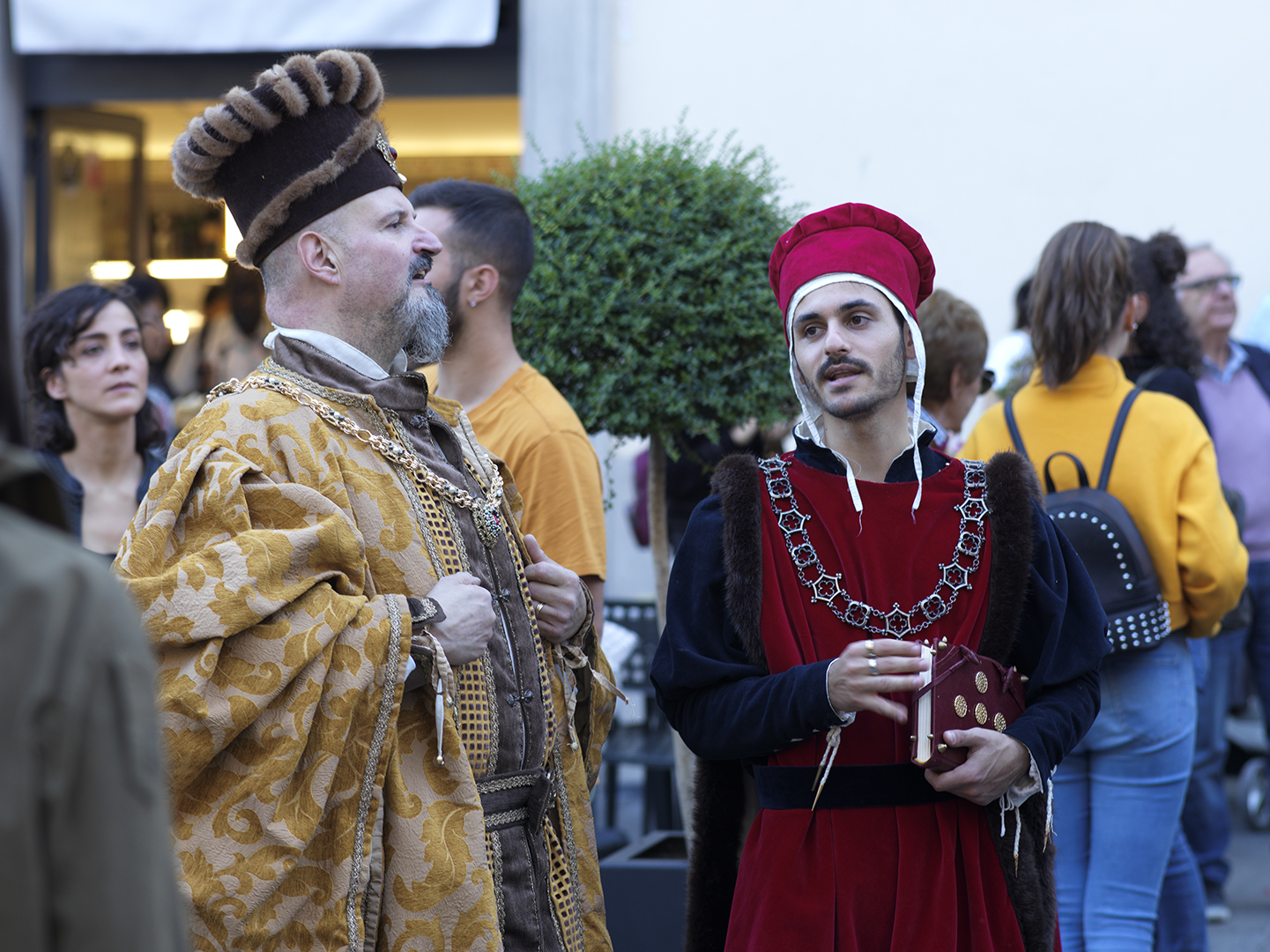
However just because the costumes are a bit flamboyant, that does not mean that the participants are not extremely serious about it.

Indeed, sometimes it seems that there is an inverse relationship between the exuberance of the costume and the demeanour of its wearer.
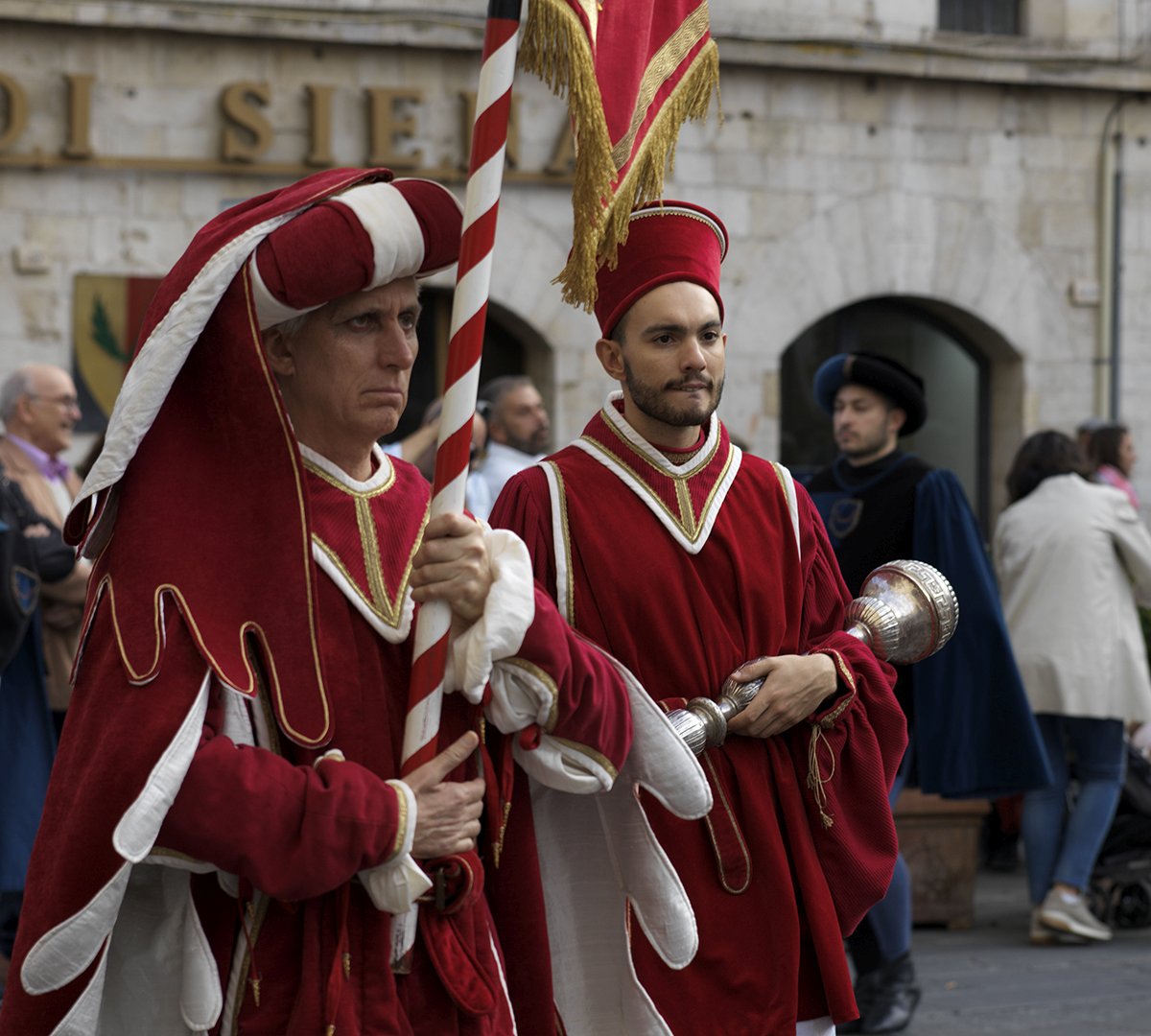
There is one group of participants who have trouble maintaining the regulation straight face, and that is the children, because they are all having such tremendous fun.
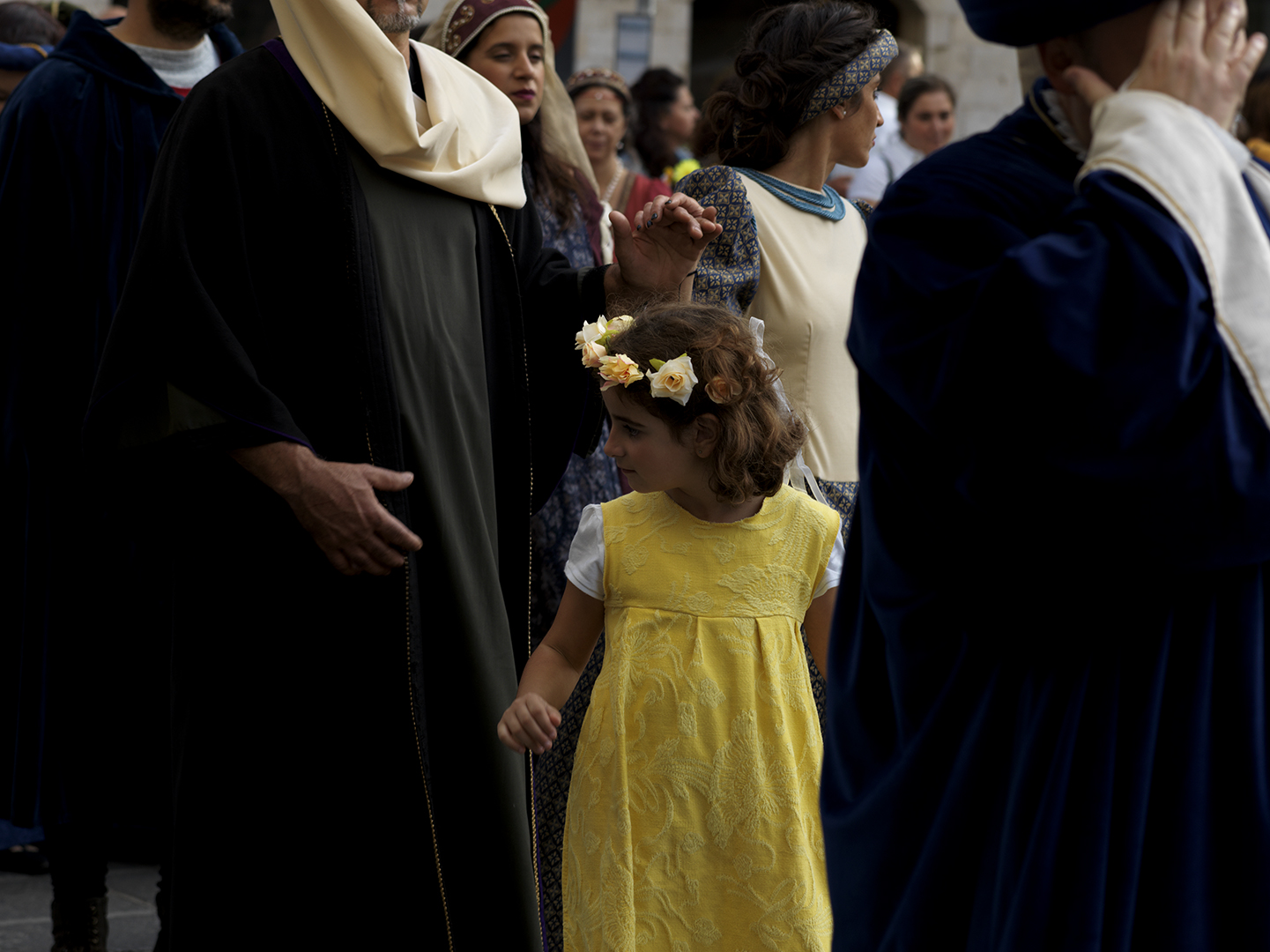

2 Replies to “The Serious Business of Dressing Up – Part II”